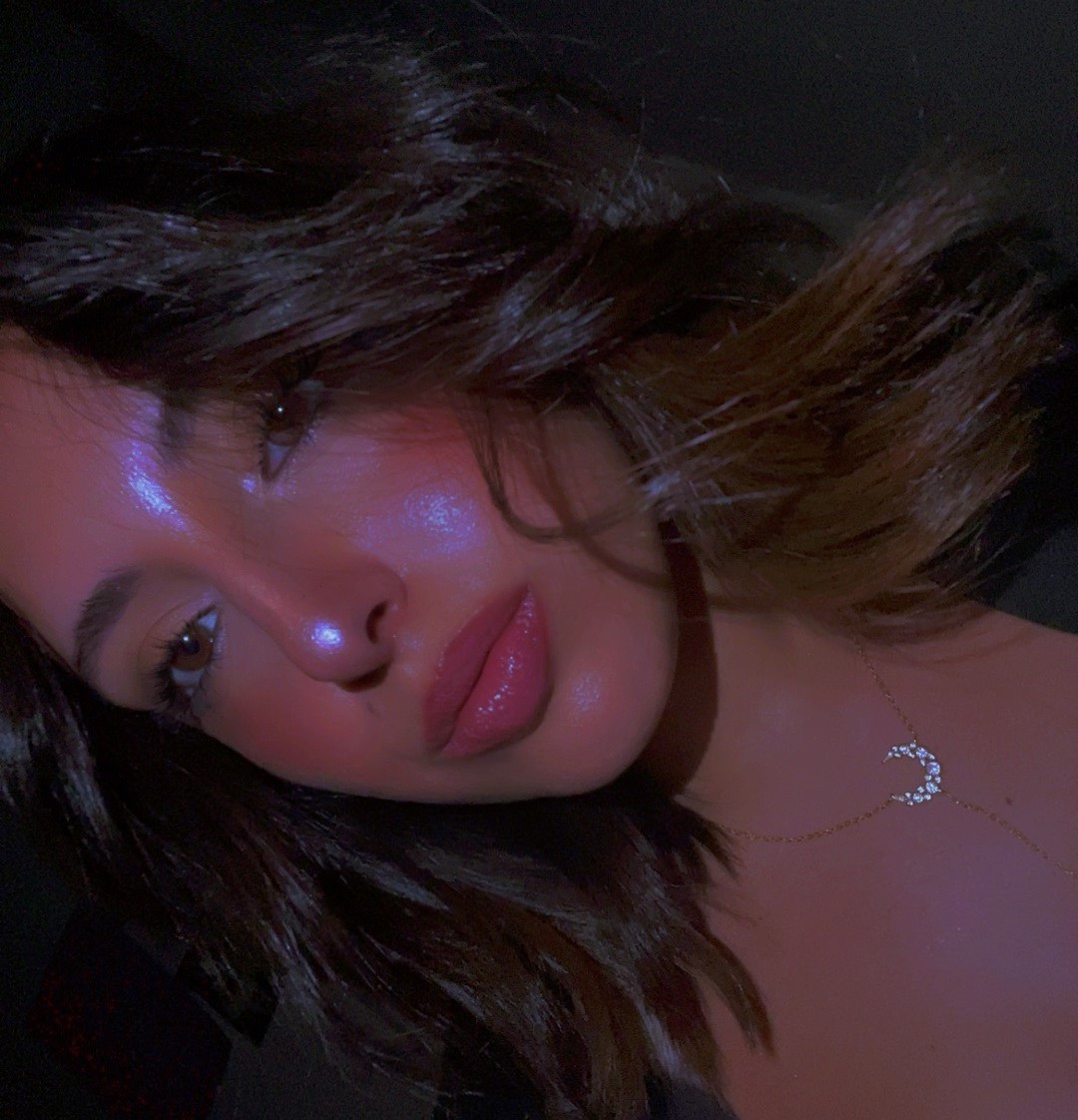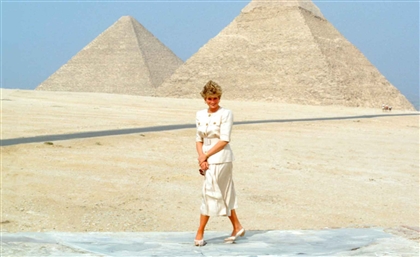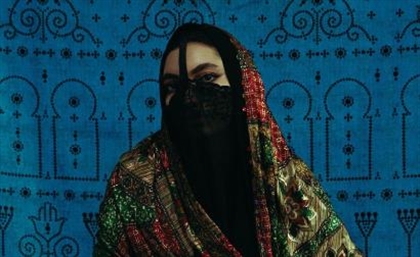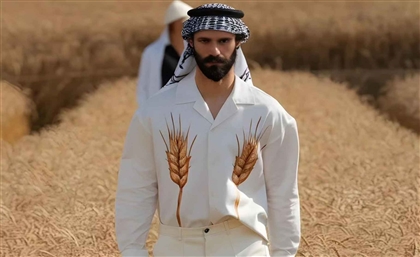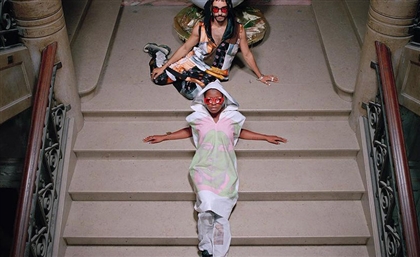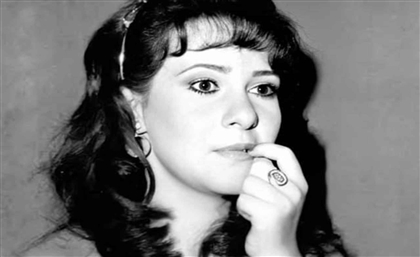Egyptian Stylist Mazen Zaki Launches RTW Label 'Gozoour'
Ever wondered what a traditional Egyptian galabeya would look like in 2024? Picture it reimagined with an edgy denim vest and mud-streaked print pants.
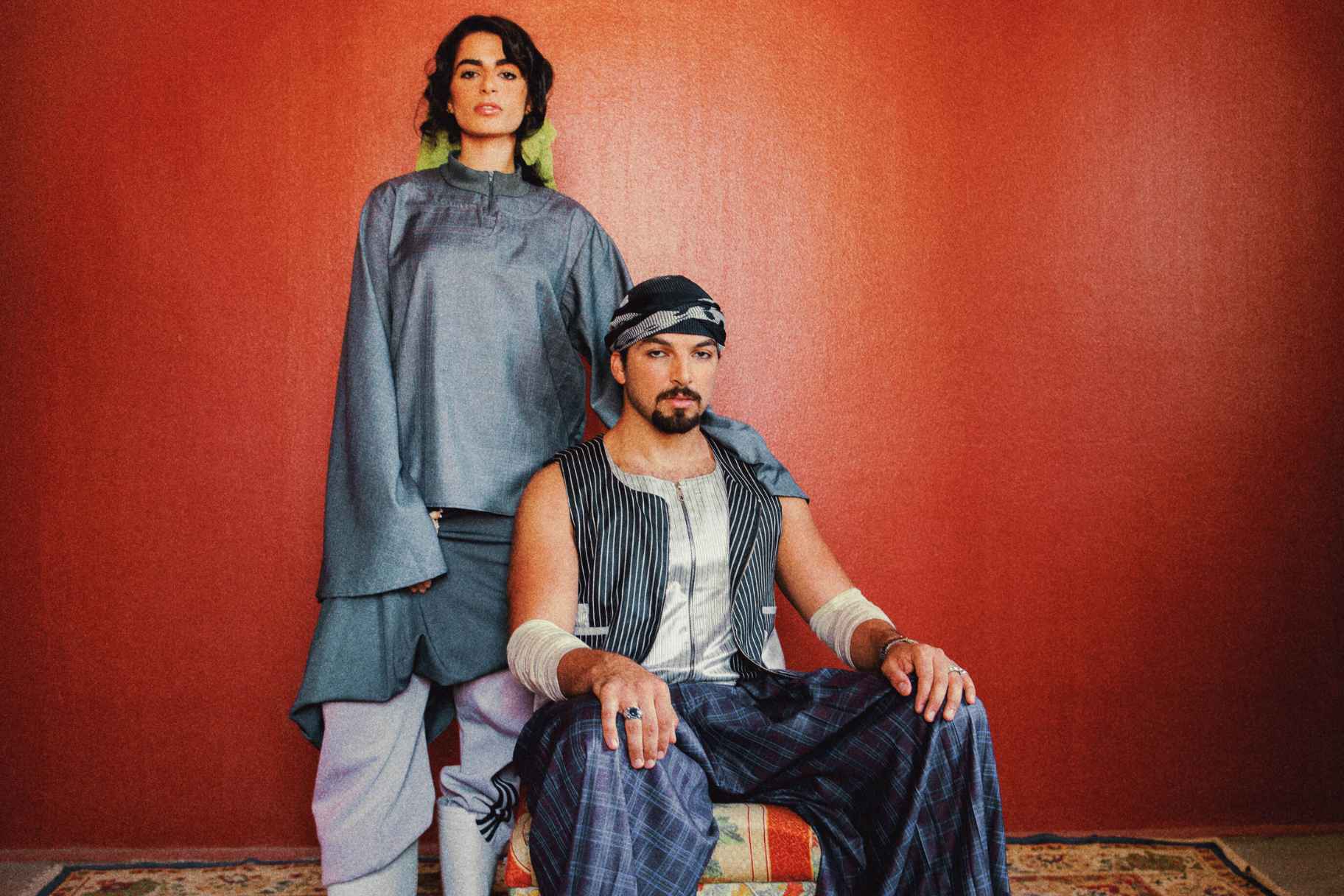
For Egyptian stylist Mazen Zaki, styling is far from a routine job; it has been an “eye-opening experience,” as he describes it. Now, he’s channeling this experience into his debut ready-to-wear, unisex label, ‘Gozoour.’
After nearly four years in the industry, Zaki has honed his skills, from haggling over fabric prices for custom pieces to creatively transforming shirts into skirts. His journey built on his fashion studies at MSA University (October University for Modern Sciences & Arts). His career expanded into art direction a year and a half later, working with a range of Egyptian and regional brands, from streetwear labels like The Stahps and SN2 Studios to designers like Amina Galal and Reema AlShonaib.
“Styling has taught me about what the market wants, and what the consumer yearns to see,” Zaki tells Scene Styled.
Zaki’s work is firmly rooted in the Egyptian perspective. Before launching his culturally-inspired label, his styling projects often echoed the Egyptian farmer.
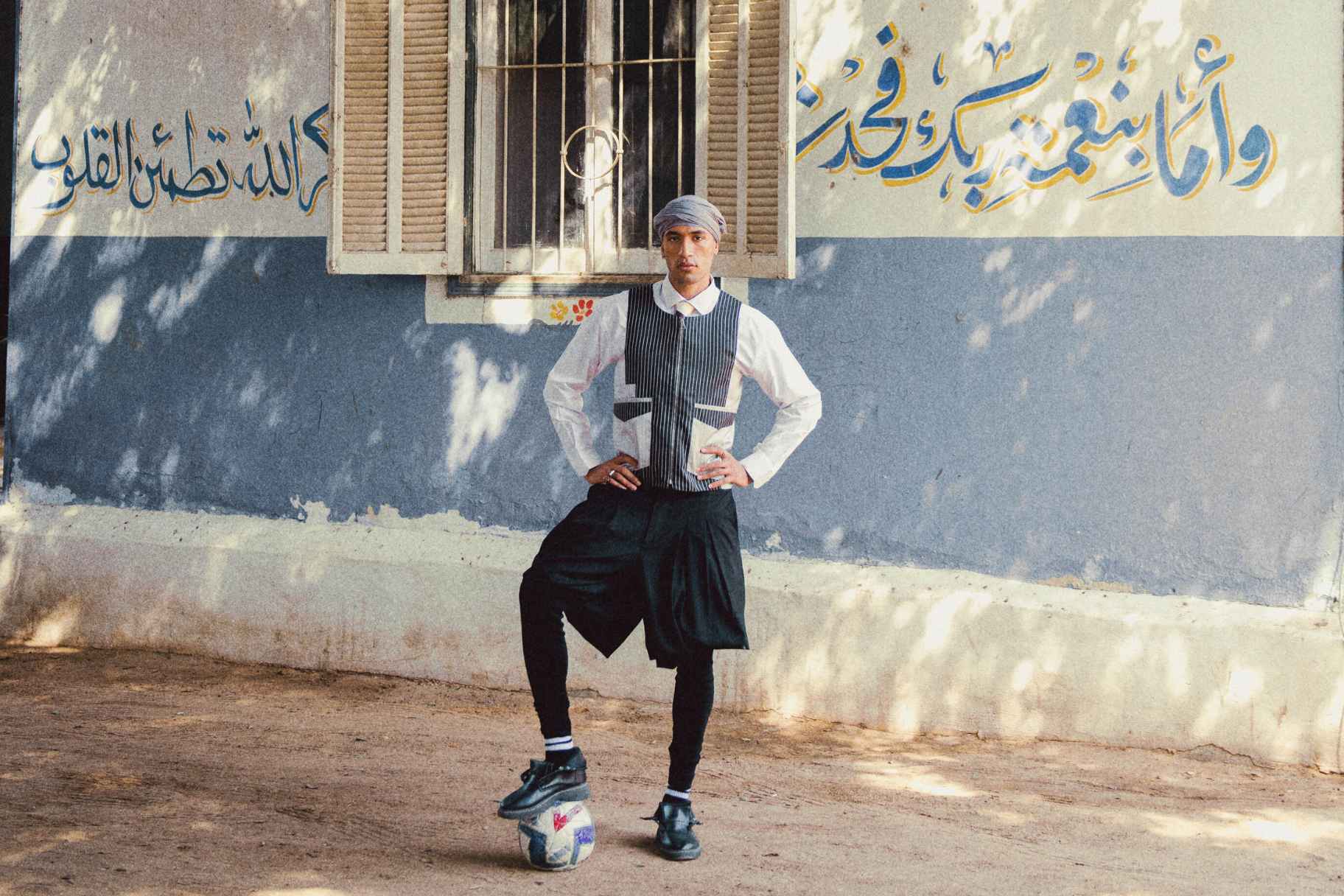
“I would subconsciously add elements and silhouettes like the ‘galabeya’ and the ‘ema’,” he reveals. “I was tired of seeing Westernized references,” he explains, pointing to mood boards filled with imagery from brands like Balenciaga and Balmain, which themselves draw inspiration from Egypt.
“Our history encompasses so much more than the pyramids and pharaohs,” he emphasizes.
“I wanted to create a brand that focused on the side characters that no one looks at,” he says. “I looked deep into our culture and its layers, at what people now call ‘vulgar’ and scorn at.” Terms like ‘farmer’ are often used derogatorily in colloquial Arabic, and Zaki aims to provoke discussion around this, using fashion as his medium.
“In fact, their style resembles Victorian fashion, featuring multiple layers,” he says, dissecting the way farmers dress, from thermal layers to the outer galabeya. He sees beauty in the complexity of their lifestyle and traditional garments, noting that even the galabeya can be styled in various ways depending on function, whether for farming or climbing palm trees. Inspired by this, Zaki created ‘Pantalon Al Hakl,’ or ‘Field Pants,’ which feature a darker ombré at the hem to mimic the mud-soaked pants of farmers.
Another source of inspiration for Zaki is old Egyptian cinema, such as the 1998 film ‘Ara’ Al Balah’ (‘Date Wine’), which addresses themes of Westernization and its impact on rural life.
“Beyond the movie’s symbolism, I was drawn to the coloring, patterns, and the mixing of masculine and feminine silhouettes,” he says. This film inspired Zaki to create fashion that is inclusive for all.
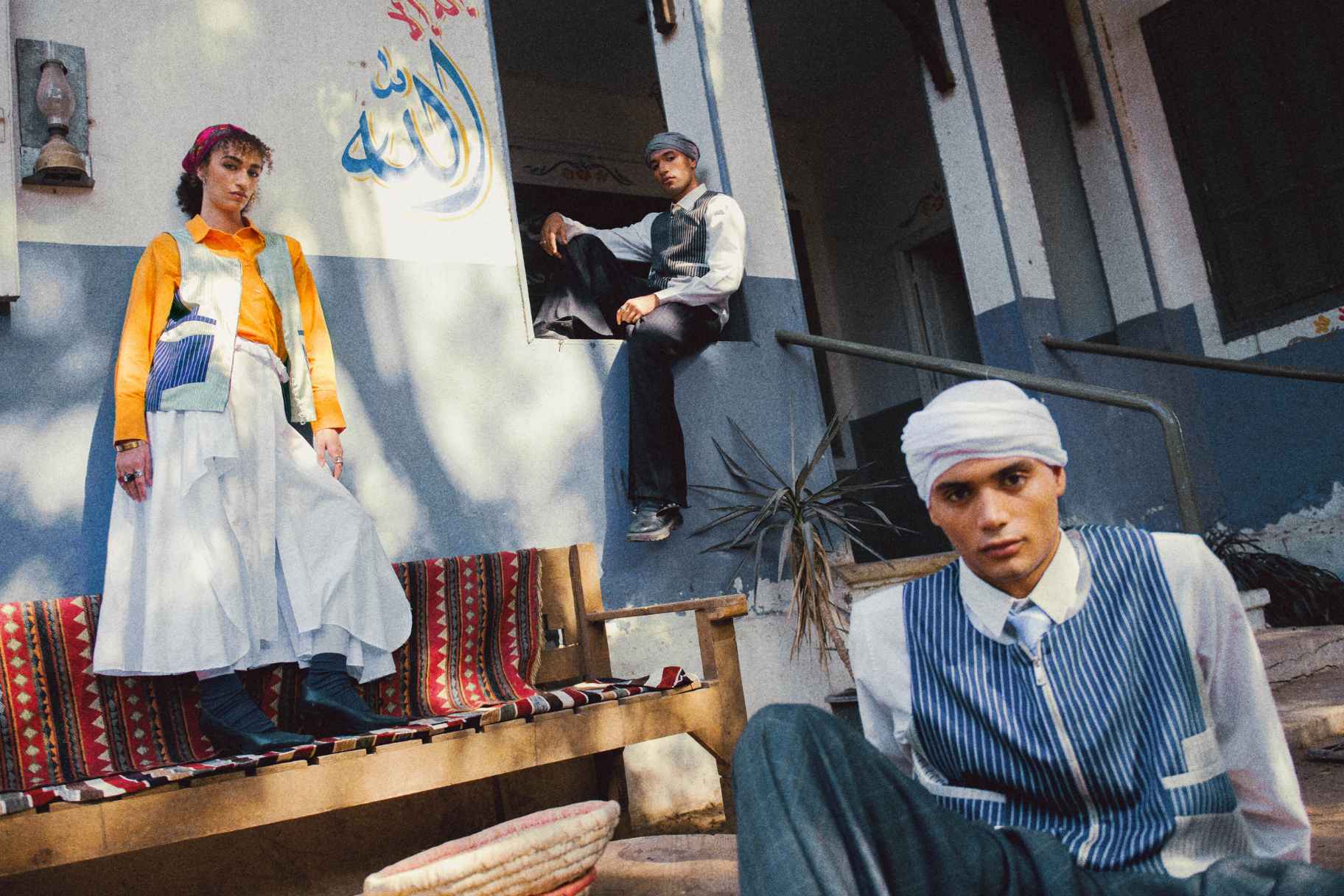
“Essentially, the galabeya is a dress,” he explains, highlighting why his brand is unisex. “Fashion should be accessible to everyone. If it’s comfortable for you, wear it.” “We should stop looking outside for inspiration and trends, and look inward, reconnecting with our roots,” Zaki continues, explaining his brand’s motto: ‘true luxury is found when we honor our roots.’
“All of our roots come from farmers—whether your father, grandfather, or great-grandfather—and we should celebrate that.”
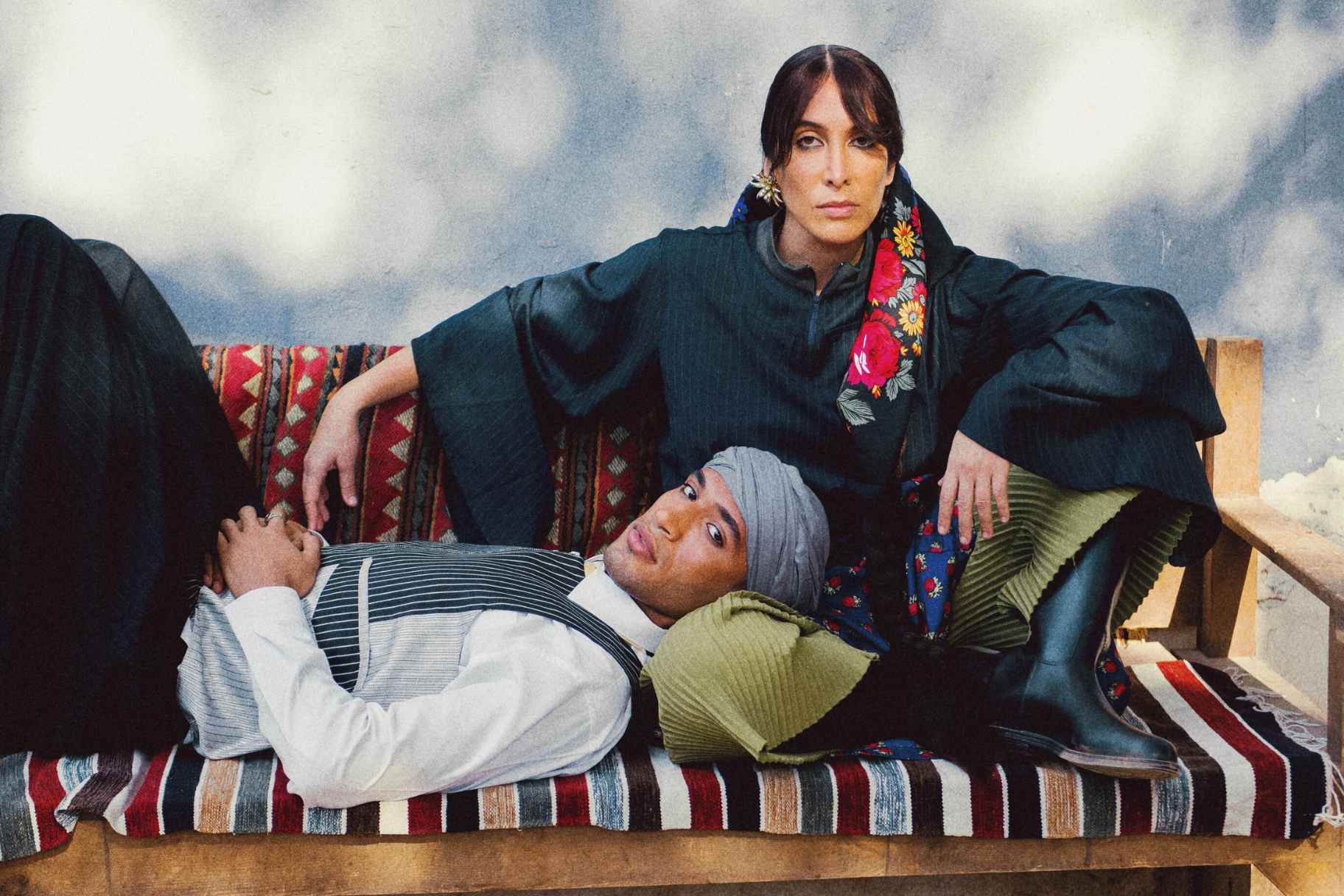
Zaki admires the groundedness of rural Egyptians, who prioritize kindness and generosity over materialism. He envisions an Egypt that embraces its identity without Western influence, exploring what could have been through his brand—an evolution of style based solely on local culture.
“There’s no set guide for inspiration here,” he reflects. “We’ve been influenced by the West for too long. It’s time for us to take the lead and redefine trends.”
Zaki isn’t dismissing the significance of Egypt’s 7,000 years of civilization; rather, he believes the country has stagnated in its appreciation of that legacy, as demonstrated by the repetitive motifs used by fashion houses, “I want the West to look at us for inspiration and become Egyptianized.”
His own collection’s mood board faced challenges, as searches and algorithms often yielded only familiar imagery of stereotypical ancient Egypt through the lens of the West. “I want to see a broader representation of Egypt,” he adds. “It’s time to retire the motifs of the Eye of Horus and lotus flowers.”
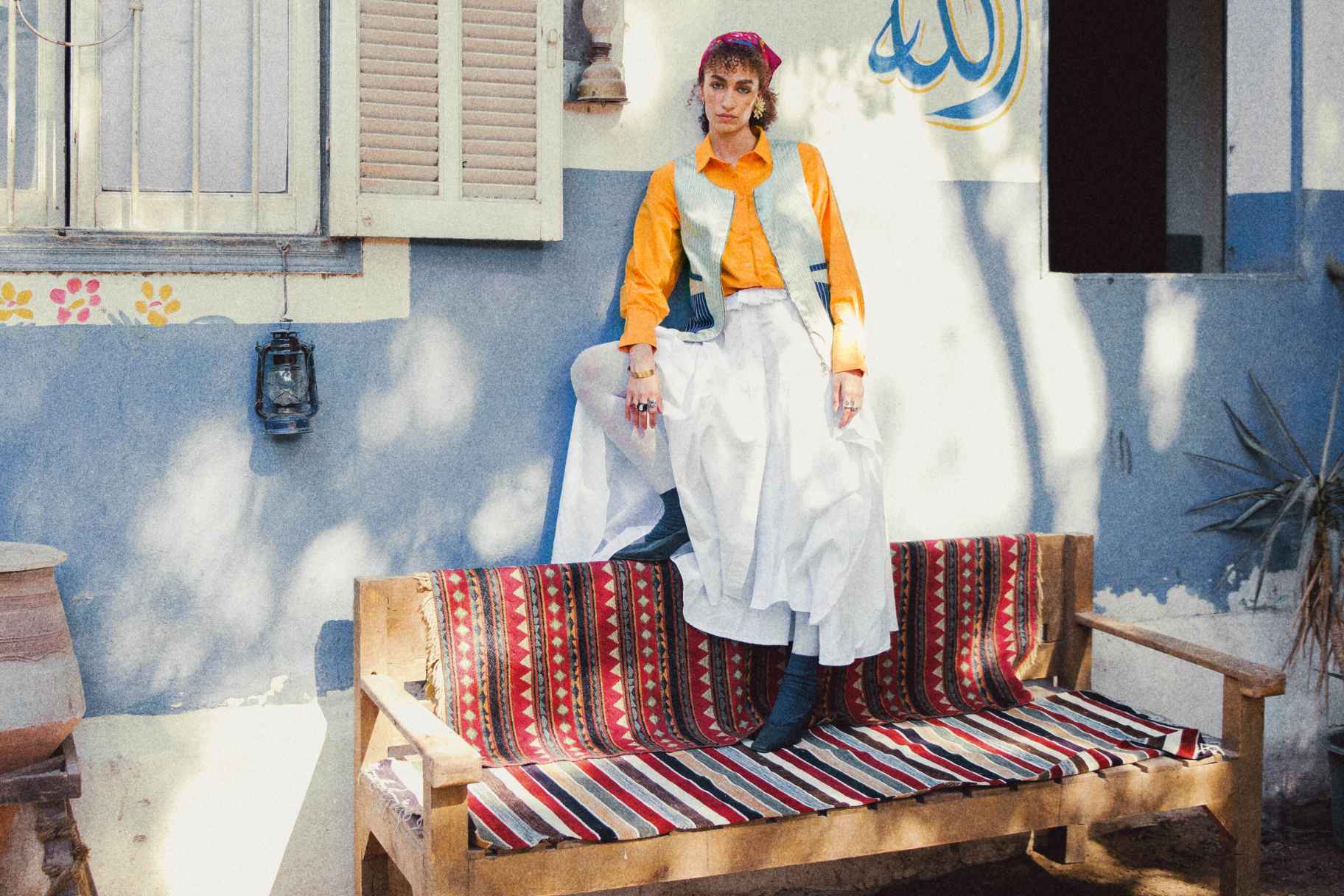
What particularly captivates Zaki is the evolution of Egyptians over the years—or, more specifically, what could have been. His debut collection, crafted from fabrics sourced directly from suppliers of traditional galabeyas, showcases the first phase of this vision.
“I’m showing what Egyptians could look like if we weren’t modernized, and we developed our own sense of style.”
In Gozoour’s inaugural line, Zaki explores the ratios, shapes, and structured silhouettes of the galabeya, farmers’ vests, and traditional thermals. Humble, quiet, and grounded, the collection reimagines traditional farmers’ garments with contemporary updates—substituting buttons for edgy zippers, denim vests instead of fleece, and a cozy pullover embroidered with the cattle egret bird, the ‘farmer’s best friend.’ His pieces are inspired by “a state of mind,” such as the vision of driving over Cairo’s roads and losing oneself in the beauty of farmlands beyond the bustling cityscape.
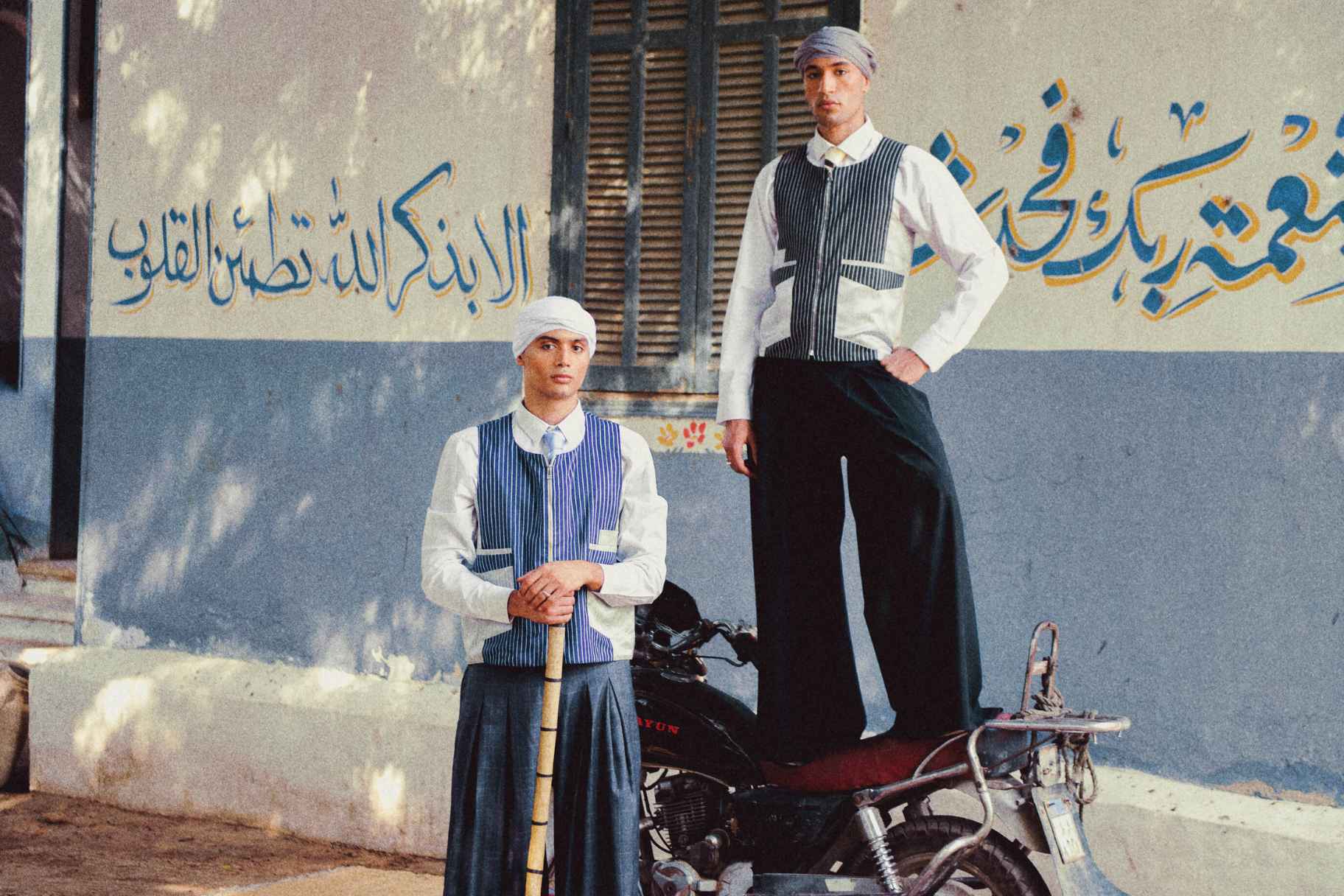
“For my future collections, I want to travel across Egypt and explore the different elements from various subcultures.” As he speaks, Zaki mentally travels through Egypt, from Luxor’s endless greenery to Aswan’s vibrant hues and Cubism-like patterns, to Alexandria’s fishing garments.
To Zaki, and to the fashion world at large, fashion plays a vital role in shaping cultural identity and pride. Culturally-inspired collections have become a dominant source of inspiration for designers, influencing everything from major fashion weeks to emerging brands. In fact, a recent report by McKinsey & Company found that 70% of designers cited cultural heritage as a key inspiration for their collections, highlighting the powerful connection between fashion and cultural representation.
Trending This Month
-
Nov 17, 2024

